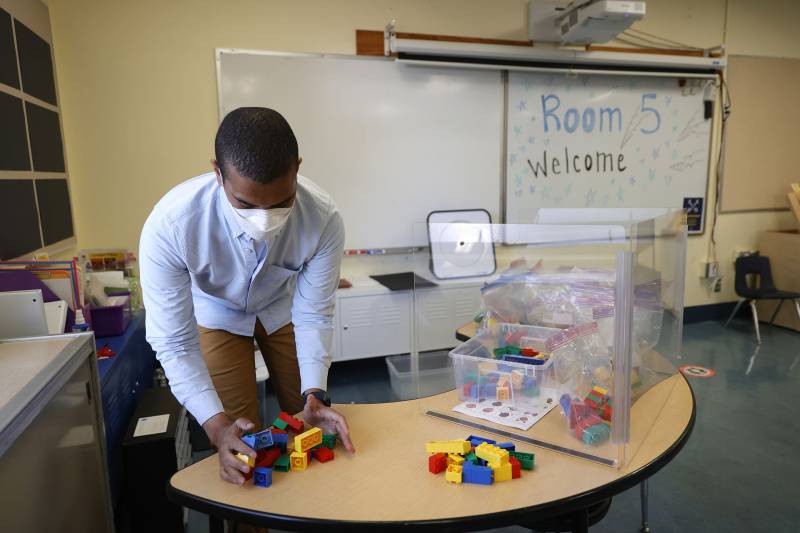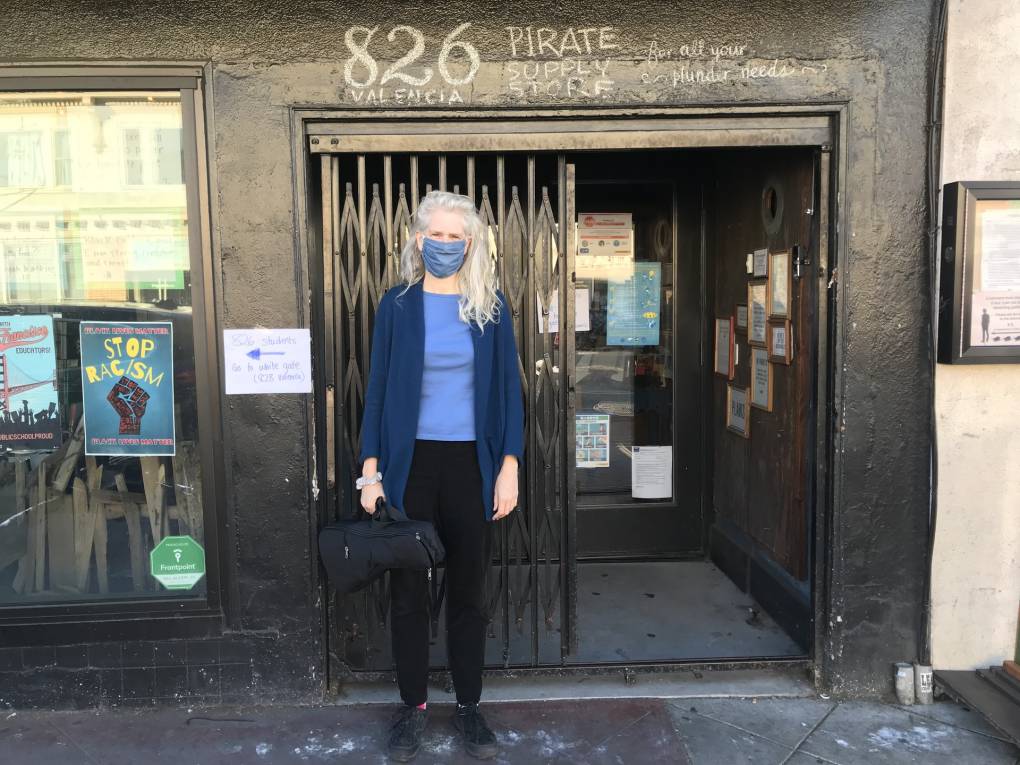There were a total of 36 positive COVID-19 cases in the hubs during the study’s time frame, but only one of them proved to be a hub-based transmission, according to the city’s Department of Public Health. The 85 hubs served a total of 1,738 students with 295 supervising adults, and offered services from 8 a.m. to 5 p.m. The study focused on 54 of the hubs.
When the hubs were established after schools shuttered last year, Kaiser saw it as an opportunity to fill a gap in the body of research on in-school transmission. Two large studies out of North Carolina and Wisconsin found low rates of in-school transmission, but neither study had focused exclusively on an urban school district.
“The studies that have been done to date haven’t really honed in on those most disadvantaged neighborhoods. And that was really the advantage that the San Francisco community has provided,” Kaiser said. “Their goal was to support those kids that were really getting left behind in the remote learning environment that just weren’t showing up.”
Kaiser’s team observed how well staff were able to get children to follow protocols such as keeping 6 feet apart and keeping masks on, especially after eating together. And they noted what worked, such as staff using hula hoops to help kids understand the radius of safety or using pool noodles when children would play tag to prevent kids from touching one another.


